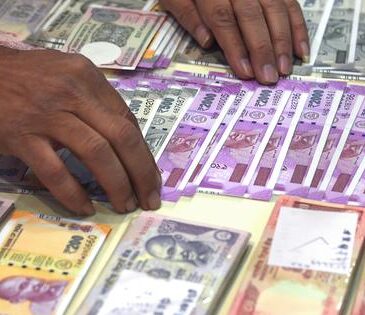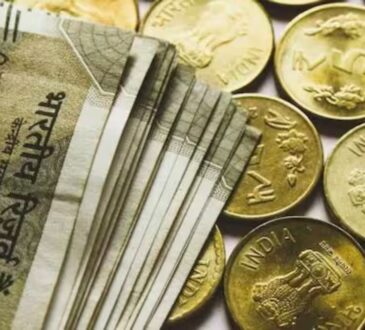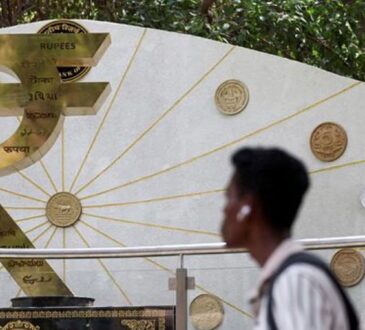BEIJING – China signalled that it is not ready to let the yuan strengthen dramatically against the US dollar, helping restore calm to Asia’s foreign-exchange market after days of extreme volatility.
The People’s Bank of China (PBOC) kept its daily reference rate for the yuan steady as it returned from a public holiday, pushing back against a recent rally in the offshore version of its currency – and making clear to traders that the dollar’s rout in Asia will not all be one-way traffic.
The country said it would hold a briefing on policy measures to stabilise the market on May 7.
The moves come as the latest surge in Asian currencies has raised the need for central banks in the region to cap currency strength and calm currency markets.
Taiwan on May 6 said it had intervened to weaken the country’s dollar in April, while Hong Kong’s central bank said it had conducted another round of Hong Kong dollar selling to limit the currency’s moves within its trading band.
Beijing’s determination to keep the yuan relatively stable is a crucial factor for traders trying to weigh up how long an Asian currency rally against the greenback can continue.
China’s economic clout means the yuan is seen as an anchor for currencies across the region, with its stability reducing the chances of extreme moves elsewhere in Asia.
“They have no desire to allow the yuan to strengthen in anticipation of a trade deal which may not eventuate, or at the very least is still some way off,” Mr Khoon Goh, head of Asia research at Australia and New Zealand Banking Group wrote in a note.
Beijing seeking to keep the yuan fixing stable “should stem the recent appreciation seen in other Asian currencies”, wrote Mr Goh.
The onshore yuan was around 0.7 per cent higher on May 6, partly catching up to moves during the public holiday, but the offshore version of the currency weakened slightly.
The Taiwan dollar slipped versus the greenback, snapping a six-day winning streak, while the dollar climbed against some other Asian currencies.
By midday in London, the Bloomberg Dollar Spot Index was slightly higher on the day.
State-owned banks bought the dollar in the onshore spot market on May 6 in an attempt to slow the yuan’s advance, said local traders who asked not to be identified.
The Taiwan dollar led the wild moves in Asia this week, strengthening by as much 5 per cent against the greenback on May 5, its biggest gain since the 1980s.
The recent action has been driven in part by bets on trade deals with the US, with speculation that Taipei may agree to let its currency strengthen in order to secure a deal.
The US Treasury said in November that it was monitoring the currency practices of China, Japan, Korea, Singapore, Taiwan and Vietnam, raising the possibility that appreciation against the greenback could be a bargaining chip in future trade deals.
The PBOC set the daily fixing rate for the onshore yuan at 7.2008 on May 6, little changed from its level before the public holiday.
The PBOC’s decision to stand firm with its fixing came as Taiwan’s central bank warned against “irresponsible speculation”, while Hong Kong’s de facto central bank has conducted four currency-selling operations since May 2 to limit gains in the local dollar.
Still, ING Group strategist Francesco Pesole sees a risk that Asian currencies may keep gaining versus the US dollar on increased hedging flows.
“Local players are now seeking greater USD (US dollar) hedging as well as starting to diversify away from US investments,” Mr Pesole wrote in a note.
“This fits into a more worrying bearish narrative for the dollar and opens up a risk that a period of supposedly USD-positive trade deals with Asian countries may turn into an opportunity for USD-rich Asian countries to reduce USD exposure.” BLOOMBERG
Join ST’s Telegram channel and get the latest breaking news delivered to you.




